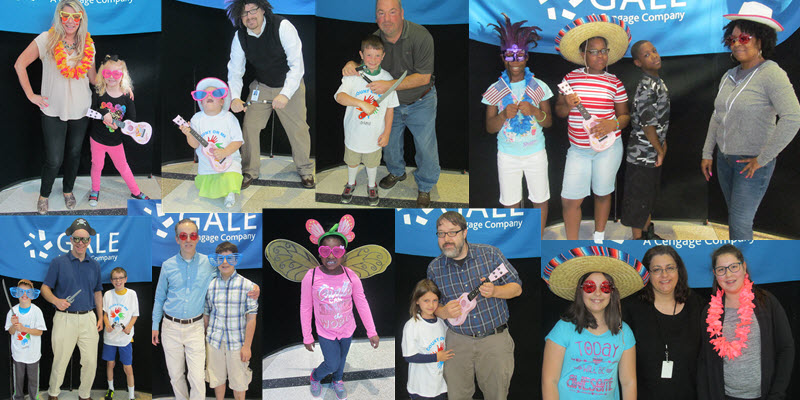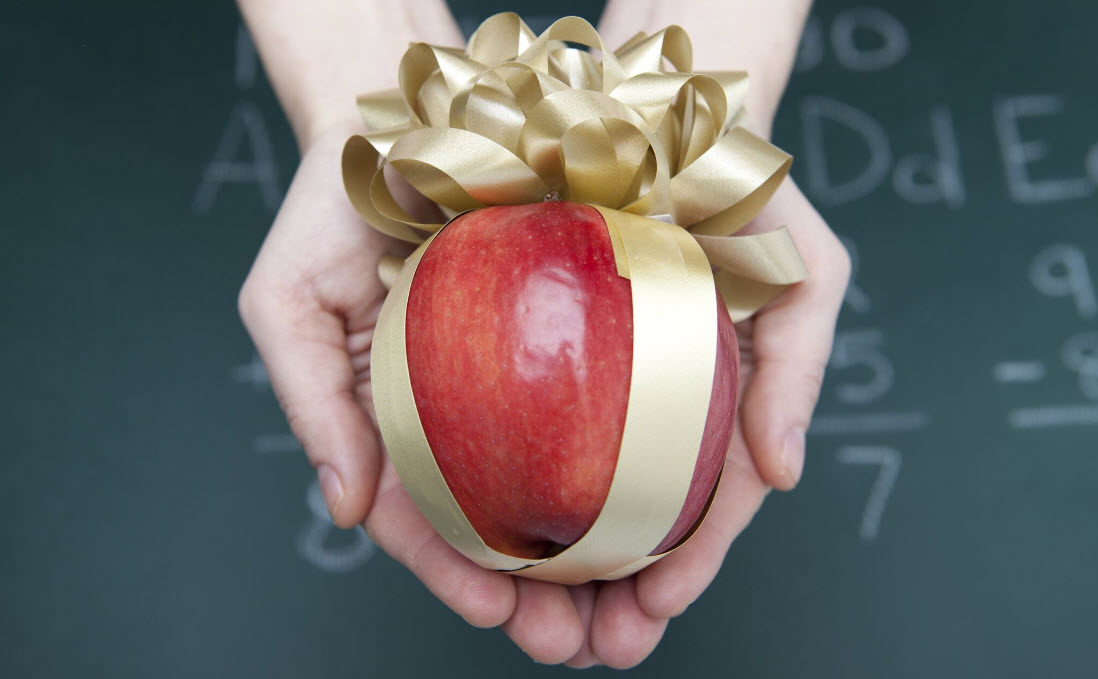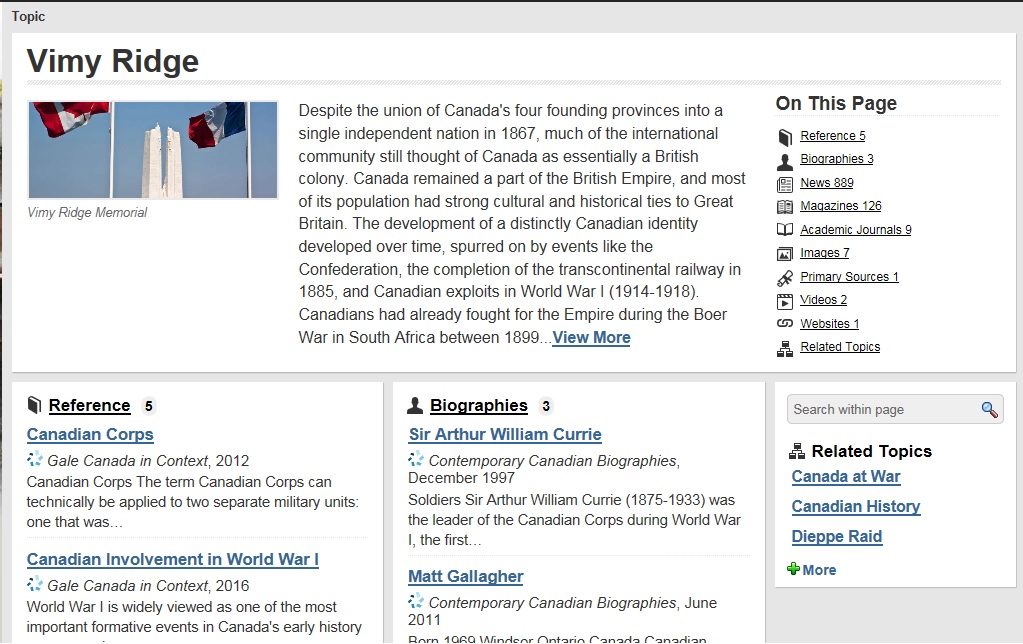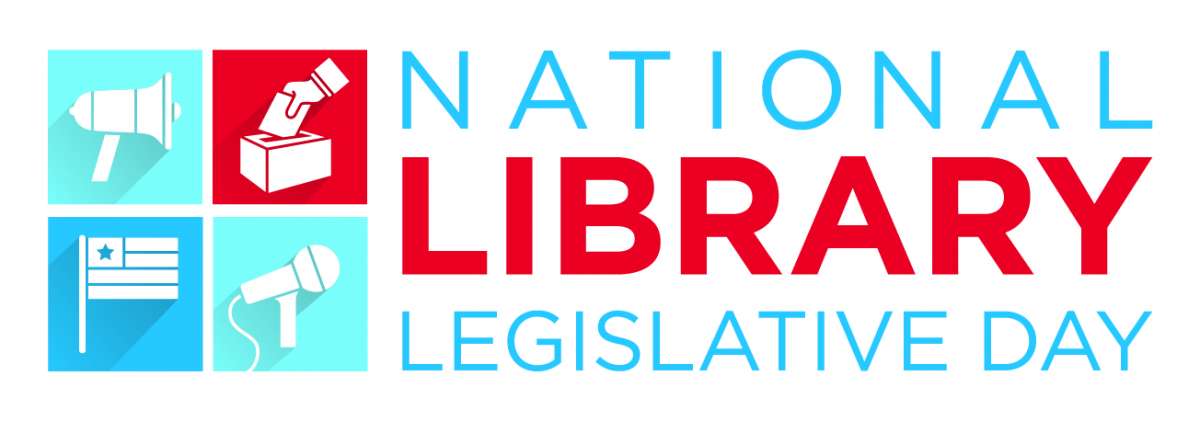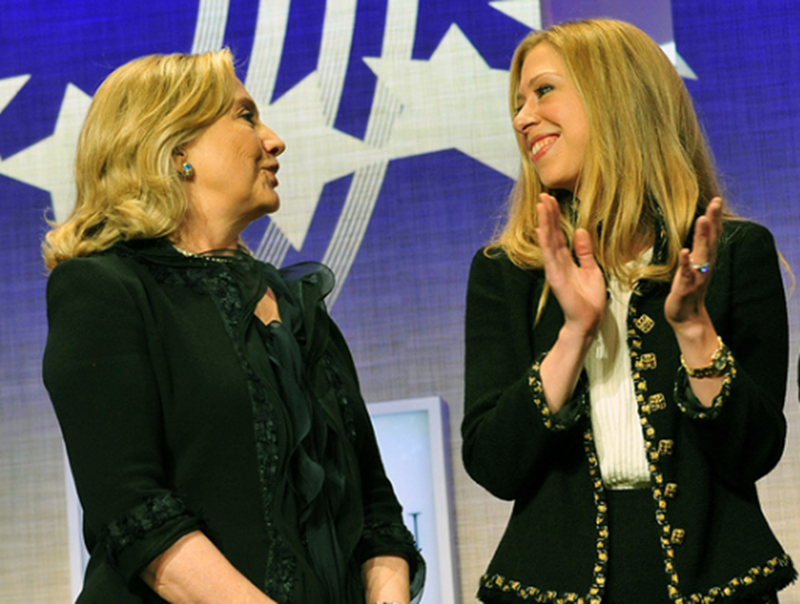Congratulations to Gale and CVMedia for winning a silver award in the Motion Graphics/Effects video category for Gale Interactive: Science at this year’s Horizon Interactive Awards.
The Horizon Interactive Awards, now in its 15th season, has become one of the most prestigious awards in the field of interactive and creative media. The competition recognizes, promotes, and awards the best web sites/web site design, interactive, videos, online advertising, print media, and mobile applications. Each year, the Horizon Interactive Awards receives thousands of entries from all over the world and a volunteer panel of industry professionals, from diverse multi-media, graphic design, advertising, and marketing backgrounds, review the entries to determine the work that is to be recognized.
The annual, international competition saw over 1200 entries from around the world including 40 out of 50 US States and 20 countries including: Australia, Bangladesh, Canada, Germany, Greenland, Hong Kong, Ireland, Italy, Malaysia, Portugal, Qatar, Russia, Singapore, Spain, Sri Lanka, Taiwan, Turkey, UK, Ukraine and Uruguay.

